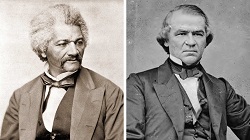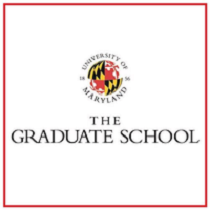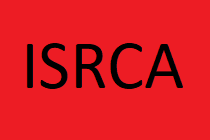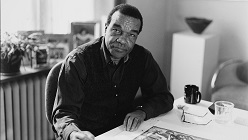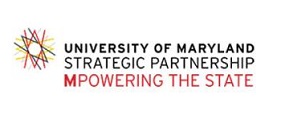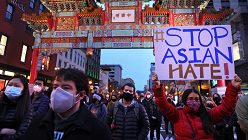By Kimmy Yam
While news reports and social media have perpetuated the idea that anti-Asian violence is committed mostly by people of color, a new analysis shows the majority of attackers are white.
Janelle Wong, a professor of American Studies at the University of Maryland, College Park, released analysis last week that drew on previously published studies on anti-Asian bias. She found official crime statistics and other studies revealed more than three-quarters of offenders of anti-Asian hate crimes and incidents, from both before and during the pandemic, have been white, contrary to many of the images circulating online.
Wong told NBC Asian America that such dangerous misconceptions about who perpetrates anti-Asian hate incidents can have "long-term consequences for racial solidarity."
"The way that the media is covering and the way that people are understanding anti-Asian hate at this moment, in some ways, draws attention to these long-standing anti-Asian biases in U.S. society," Wong said. "But the racist kind of tropes that come along with it — especially that it's predominantly Black people attacking Asian Americans who are elderly — there's not really an empirical basis in that."
Wong examined nine sources and four types of data about anti-Asian hate incidents, including from the reporting forum Stop AAPI Hate, Pew Research, as well as official law enforcement statistics, the majority of them spanning the year and a half when the #StopAAPIHate hashtag was trending. She found major contradictions in the prevailing narrative around perpetrators, victims, and the general environment of racism toward Asian Americans during the coronavirus pandemic. She said such misleading conclusions could be attributed to the lack of context around images, the failure to amplify all aspects of the data or misinterpretations of the research.
A misread of a frequently cited study from this year, published in the American Journal of Criminal Justice, likely contributed to the spread of erroneous narratives, Wong said. The study, which examined hate crime data from 1992 to 2014, found that compared to anti-Black and anti-Latino hate crimes, a higher proportion of perpetrators of anti-Asian hate crimes were people of color. Still, 75 percent of perpetrators were white.
Other studies confirm the findings, Wong wrote. She pointed to separate research from the University of Michigan Virulent Hate Project, which examined media reports about anti-Asian incidents last year and found that upward of 75 percentof news stories identified perpetrators as male and white in instances of physical or verbal assault and harassment when the race of the perpetrator was confirmed. Wong said the numbers could even be an underestimate.
"This is really how crime is framed in the United States — it's framed as the source is Black," Wong said.
Karthick Ramakrishnan, founder of AAPI Data, a data and civic engagement nonprofit group, for which Wong also works, said that the public's perception of perpetrators and victims is largely formed by the images that have been widely circulated — but that they aren't representative of most anti-Asian bias incidents. For example, the videos that have gone viral are more likely to be from low-income, urban areas where there is more surveillance, he said.
"You have security camera videos that are more available and prevalent in certain types of urban settings. And so that's what's available to people in terms of sharing," Ramakrishnan said. "The videos are more viral than if it's something that doesn't have any imagery or video connected to it, like something that's happening in the suburbs, for example."
When they are circulated, they play on a loop with no audio. Even though the videos alone don't provide much detail about what's happening, they dominate our perceptions, Ramakrishnan said.
"There's just something so powerful about these visual images so that no matter what the social science might say, people believe their eyes and especially the images that get played on repeat now," he said.
To read the full article, click below.

